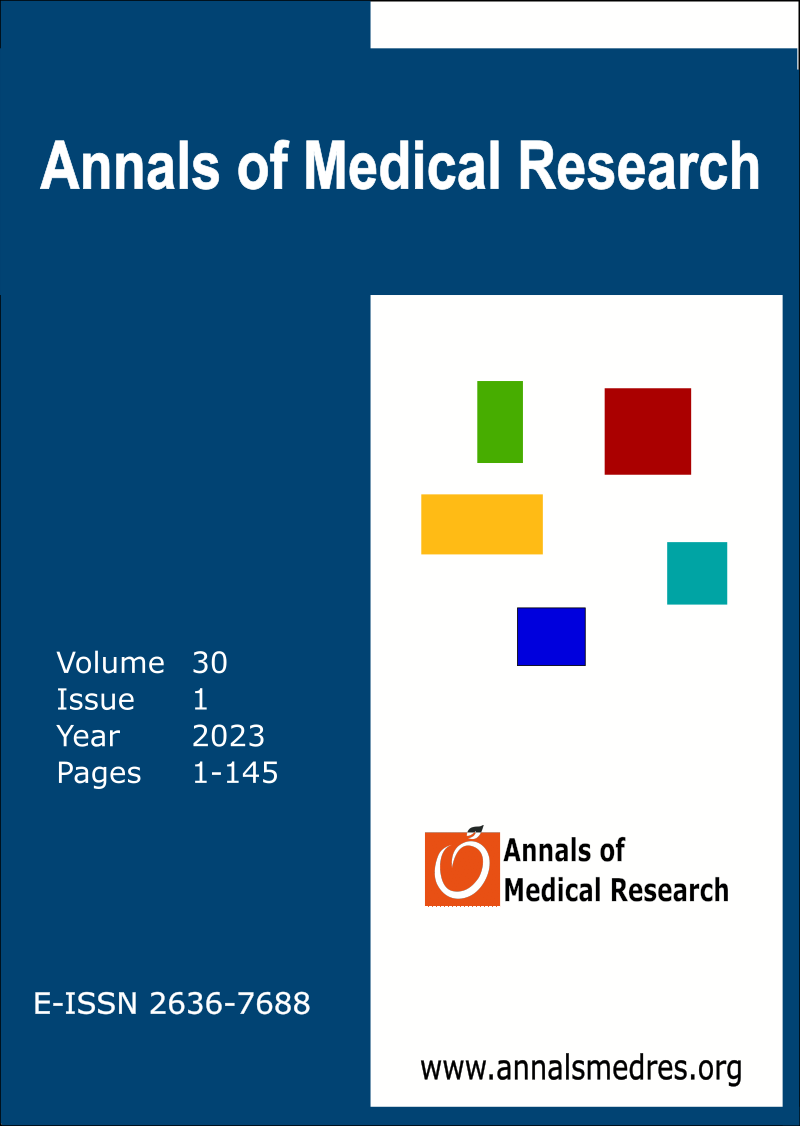Differences in the clinical course, laboratory and radiological findings of COVID-19 infection between male, female and pregnant patients in demographically homogeneous groups
Keywords:
COVID 19, Pregnancy, GenderAbstract
Aim: This study examines for any differences in the clinical course, laboratory and radiological findings of COVID-19 infection between male, female and pregnant patients in similar age groups.
Materials and Methods: This retrospective study involved a review of the data of patients treated between March 2020 and May 2021, included a total of 528 cases (193 pregnant females, 170 non-pregnant females and 165 males) aged 18–40 years with RT-PCR-confirmed COVID-19.
Results: A comparison of the three demographically homogeneous groups revealed more common symptomatic infection at admission in the male patient group than in the other two patient groups (p<0.001), as well as a longer hospital stay (p<0.001) and higher incidences of moderate and severe pneumonia (p<0.001) based on radiological findings. In contrast, no significant difference was noted in the intensive care unit admission and mortality rates of the three groups.
Conclusion: The results of our study reveal that females have some degree of protection against severe presentations of COVID-19 infection when compared to men. The heterogeneity of immunocompetence and immune response can help to understand the different COVID-19 responses of males and females, and can be used as a guide for disease prognosis and gender-specific treatments.
Downloads
Published
Issue
Section
License
Copyright (c) 2023 The author(s)

This work is licensed under a Creative Commons Attribution-NonCommercial-NoDerivatives 4.0 International License.
CC Attribution-NonCommercial-NoDerivatives 4.0






